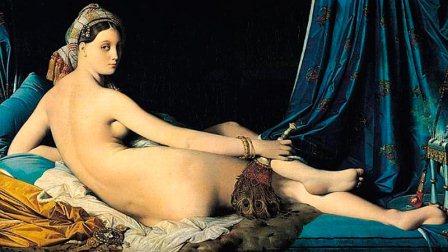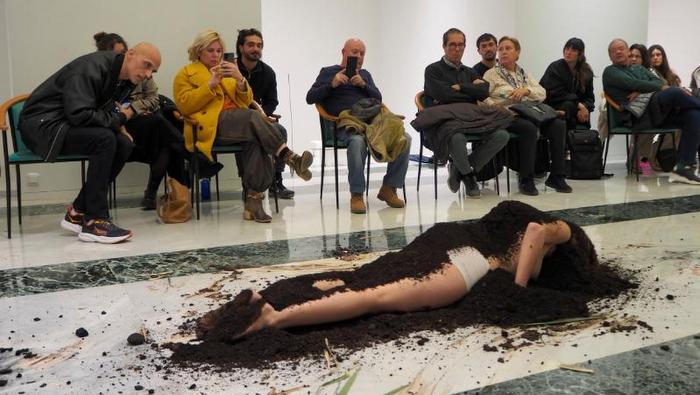Among the romantic academicism and the artistic revolutions of the late nineteenth century, Jean Auguste Dominique Ingres (Montauban, 1780-Paris, 1867), follower of Raphael and Poussin, represents an essential link in the history of art as a precursor to some of the major changes in European pictorial tradition.

His particular style as a portraitist made him the favorite of European bourgeois women. Behind the apparent tradition of their expertise and their scenes, appeared a reborn pleasure, kind of sensuality, far away of the academic expression of the genre. The look of "Grande Odalisque" and the bold and natural poses of his mademoiselles denote the fight against conventions the painter had in his studio, and at the same time, outside, in society at the time. In the mass of bodies of "The Turkish Bath", for example, appears the search for three-dimensionality of Picasso and his anatomical distortions, while shows how Ingres thought that true beauty was irrepresentable, reason for which the figures appear almost hiding from the eye of the beholder.
This exhibition, developed in collaboration with the Louvre Museum, will be in rooms A and B in Jeronimos Building between November 24, 2015 and March 27, 2016 and chronologically presents a precise chronological development of the work of French painter who inspired the renovation of the European schools, especially the Spanish one.
This is the first exhibition in Spain of the French painter. The painting "Grand Odalisque" from the Louvre Museum, is the first of the works of Ingres to be installed at El Prado in a ceremony to be held on Wednesday November 11.















